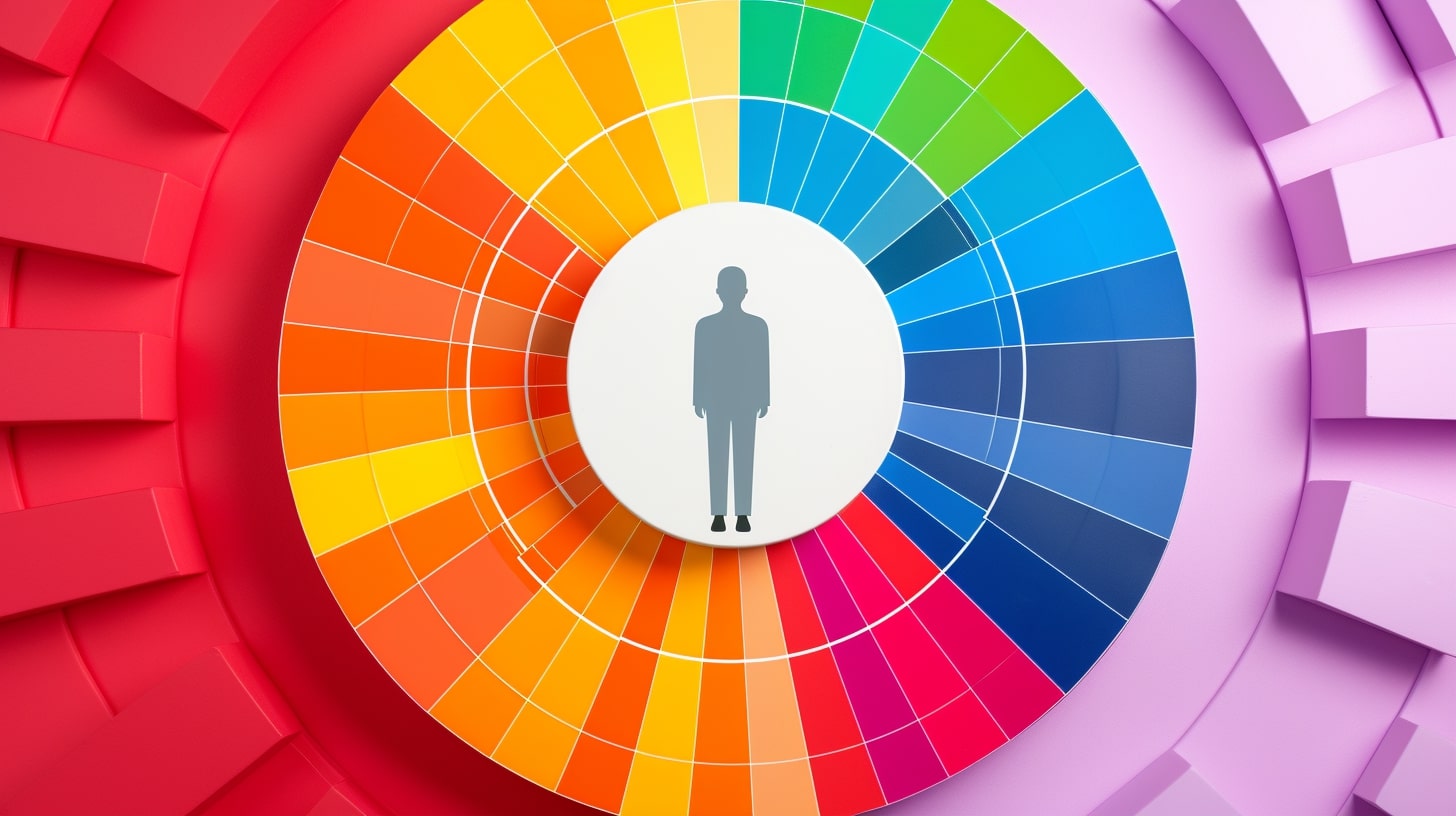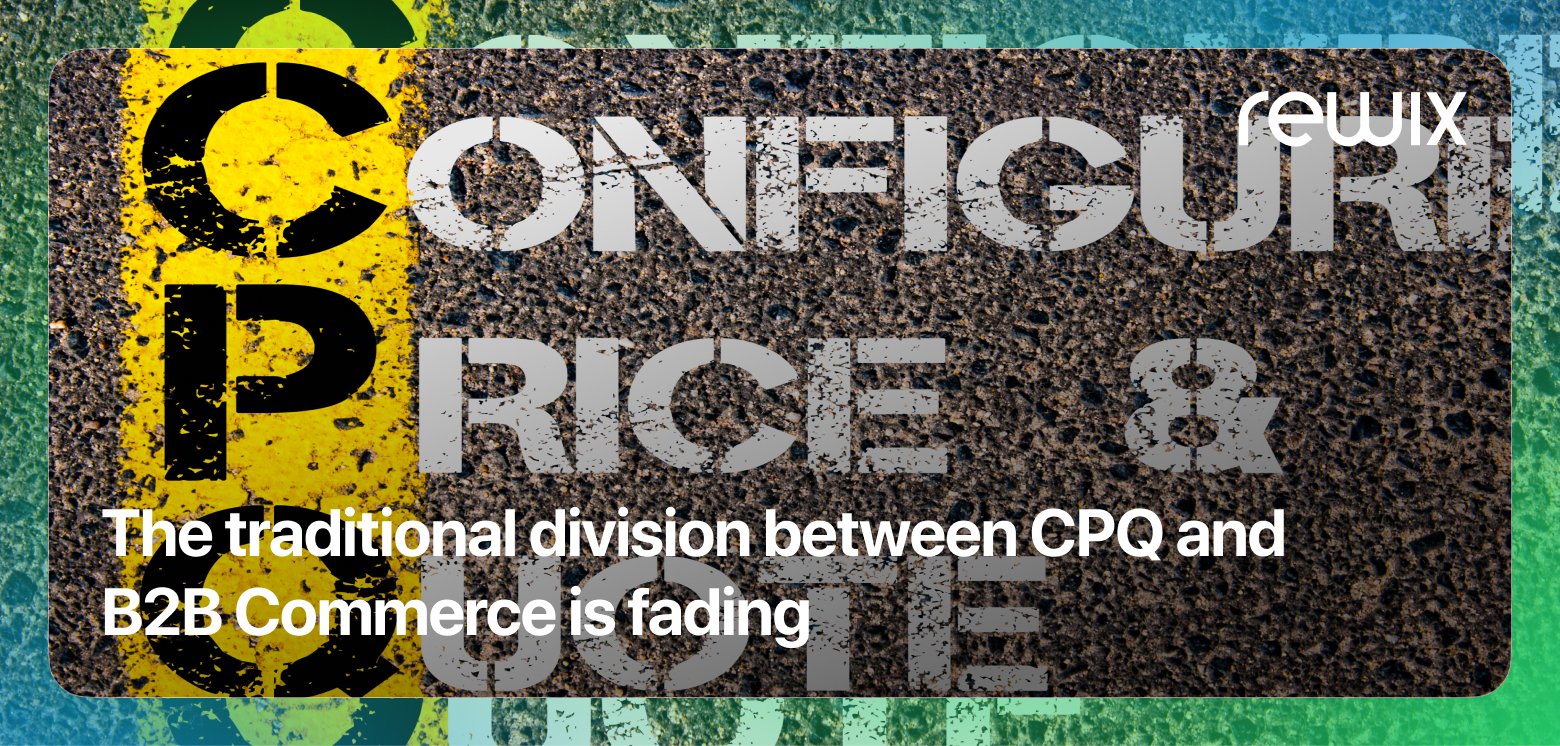Index
Other categories
23 September 2023
Customer segmentation and targeting

Importance of customer segmentation
Customer segmentation is a crucial aspect of any business strategy, as it enables companies to better understand and cater to the unique needs and preferences of their target audience. By dividing customers into specific groups based on characteristics such as demographics, behavior and buying patterns, companies can create more personalized marketing campaigns that resonate with customers on a deeper level. This not only increases customer satisfaction and loyalty, but also leads to increased sales and revenue. Companies like Rewix understand the importance of customer segmentation and use advanced analytical tools to identify different segments within their customer base. By doing so, they are able to tailor their products, services, and promotional efforts based on the specific preferences and requirements of each segment. Customer segmentation is a powerful tool that enables companies to create stronger ties with their customers and promote sustainable growth in today's competitive marketplace.
Types of customer segmentation
Customer segmentation can be done in various ways, depending on a company's specific needs and goals.
Geographic segmentation is a common method in which customers are divided according to their geographic location. This allows companies to tailor marketing messages and offers to the preferences and needs of customers in different regions.
Another approach is demographic segmentation, which divides customers based on factors such as age, gender, income, and education level. This type of segmentation allows companies to create targeted campaigns that target specific segments of their customer base.
Psychographic segmentation focuses on customers' attitudes, values, lifestyles, and interests. By understanding what motivates and influences different customer groups, companies can tailor their marketing efforts accordingly.
Behavioral segmentation takes into account customers' buying behavior, such as purchase frequency, brand loyalty and usage patterns. This type of segmentation helps companies identify high-value customers and develop strategies to retain them.
By using these different types of customer segmentation strategies, companies can gain valuable insights into their target audience and effectively adapt their marketing tactics for maximum impact and results.
B2B Customer Segmentation: Focusing on Companies
In the world of B2B, properly understanding and segmenting your target customers is critical to ensuring effective marketing and sales strategies. When the customer is a business, segmentation becomes even more complex and multifaceted.
It is not simply a matter of identifying the company's size or industry, but of going deep to understand its culture, specific needs, decision-making structure, and long-term goals. Elements such as geographic location, technological maturity, the company's life cycle, and its propensity for innovation can greatly influence purchasing decisions.
In addition, it is essential to consider the people within the company, as they make the final decisions. Understanding the roles, responsibilities, and challenges of each stakeholder can make the difference between a generic sales strategy and a customized one that truly resonates with the needs and expectations of the client company.
In summary, accurate B2B customer segmentation, focused on companies, is the key to building lasting relationships and successful strategies in an increasingly competitive marketplace.
In the complex B2B ecosystem, the ability to effectively segment your target customers is crucial to developing targeted marketing and sales strategies. When targeting other companies as customers, segmentation requires detailed, multidimensional analysis. Ecco alcuni criteri chiave per segmentare le aziende in un contesto B2B:
- Company Size: This may refer to the number of employees, turnover, or market share. Large corporations may have different needs than small and medium-sized enterprises (SMEs).
- Sector of Membership: Each sector has its own specifics, challenges, and dynamics. Ad esempio, un'azienda nel settore tecnologico potrebbe avere esigenze diverse rispetto a una nel settore manifatturiero.
- Geographic Location: Location may influence purchasing decisions due to factors such as local regulations, regional business culture, or local market preferences.
- Technological Maturity: Some companies may be at the forefront of adopting new technologies, while others may be more traditionalist.
- Company Life Cycle: Startups and growth-stage companies may have different needs and priorities than mature or declining companies.
- Propensity for Innovation: Some companies may be more inclined to experiment with new products or services, while others may prefer proven solutions.
- Decision Structure: Understanding whether decisions are centralized or decentralized, and who the key decision makers are, can influence the sales approach.
- Corporate Goals and Strategies: Companies with a strong emphasis on sustainability, for example, might be interested in eco-friendly solutions.
- Relationship History: The history of past interactions, previous purchases, and customer loyalty can provide valuable information about their propensity to purchase.
- Financial Needs: Financial health, available budget, and financial risk appetite can influence purchasing decisions.
By incorporating these criteria into segmentation, companies can develop a deeper understanding of their B2B customers, enabling them to tailor offers, communicate more effectively and build stronger relationships. In an increasingly saturated and competitive B2B market, accurate and well-thought-out segmentation is the key to standing out and gaining a sustainable competitive advantage.
Benefits of targeting customers
Effective customer targeting offers many benefits to companies. One of these is the ability to optimize marketing resources. By understanding the specific needs, preferences, and characteristics of different customer segments, companies can allocate budget and marketing efforts more efficiently. This means they can focus their resources on customers who are most likely to respond positively to their products or services, thus maximizing return on investment. Another benefit is improved customer satisfaction. When companies tailor their messaging and offerings to specific customer segments, they are more likely to meet their unique needs and preferences. This leads to higher levels of customer satisfaction, who feel that the company understands and values them as individuals. In addition, targeted marketing efforts can lead to higher conversion rates. By sending relevant messages and offers to specific customer segments, companies can increase the likelihood that customers will take action, such as making a purchase or signing up for a service. Ultimately, this leads to increased sales and revenue for the company. Overall, effective customer targeting enables companies to optimize their resources, improve customer satisfaction, and achieve higher conversion rates.
Strategies for effective targeting
Effective targeting strategies are essential to maximizing the success of a company's marketing efforts. A crucial strategy is to focus on the specific needs and preferences of each customer segment. By understanding the unique characteristics and motivations of different segments, companies can tailor their messages and offers to resonate with each group. Another effective strategy is to use personalized marketing. This involves creating targeted content and offers specifically tailored to individual customers based on their past interactions, preferences, and behaviors. Personalized marketing not only improves the customer experience, but also increases the likelihood of conversion and retention. In addition, theuse of analytical data is critical to identify patterns and trends within customer segments. In this way, companies can gain insights into their customers' behaviors and make data-driven decisions on how to target them effectively. Finally, engaging customers through various channels can greatly enhance targeting efforts. Whether through social media, e-mail marketing, or personalized advertisements, companies should meet customers where they are most active to deliver relevant messages. By implementing these effective targeting strategies, companies can optimize their marketing campaigns and achieve greater success in reaching and engaging their target audiences. Call Rewix today to learn how our expertise in customer segmentation can help your company thrive in today's competitive marketplace.
Conclusions
Effective targeting can bring significant benefits to the marketing stretegy, allowing you to optimize resources and be more successful. To take advantage of this opportunity, it is necessary to choose an eCommerce platform that facilitates marketing activities.
The best solution is definitely an eCommerce eXperience platform such as Rewix: designed for marketing automation, database makerting and sales management.
Discover Rewix Advantages
Redefine eCommerce Excellence with Rewix!
Curious about our game-changing features?


